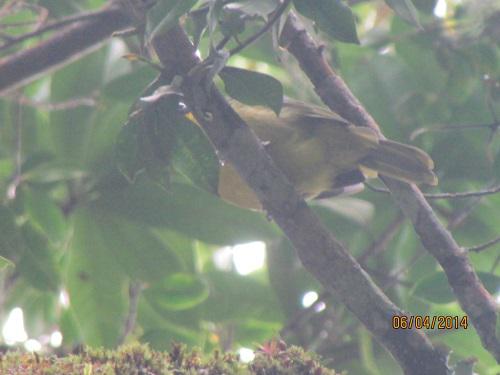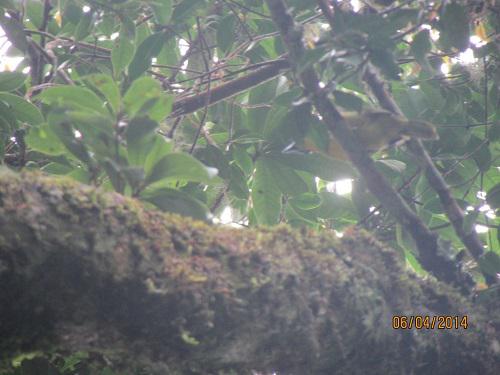David Dawson Maleko
To ascertain the population and habitat condition of the endangered Uluguru bush-shrike (M. alius) and empower the local communities with fuel wood efficient cook stove technology.

This project is going to establish the current population status and habitat quality of the critically endangered bird species namely Uluguru bush shrike (Malaconotus alius). The project will also train and empower local communities inhabiting on Uluguru Mountains with fuel wood efficient cook stoves technology owing to the fact that logging and fuelwood collection are amongst major threats for M. alius’s survival .

This project is based on the background that M. alius is found only (endemic) in the forests of Uluguru Mountains, Tanzania, and its last population census was undertaken in 2007. In addition, M. alius has very small range, within which its habitat is dwindling and its quality deteriorating. Particularly, it inhabits canopy of moist sub-montane forests (1200-1800m) that are least-disturbed and contain some old trees and it mainly feeds on macroinvertebrates. Until 2001, the Uluguru forest area declined from 300-230KM2 and the major part of cleared forest was the moist sub-montane forest (600-1600m). Old and decaying woods are known to be home for many insect species, millipedes, centipedes and snails that provide food for various vertebrates including M. alius. Thus, reducing deforestation through reducing fuelwood collection and use is amongst important approaches towards sustainable conservation of M. alius. Moreover, species’ population and habitat monitoring are equally important for understanding whether the conservation measures are effective or not.
The project will employ the permanent monitoring transects approach that will be established in close collaboration with the local communities including the forest rangers and they will be marked by GPS unit for future re-surveying. Habitat features that will be recorded include stumps and dead wood density, canopy condition (open or closed), canopy strata (tall or low), shrub layer height and litter quantity in forest. Also, any evidences of logging (pitsaw sites) or wildfires will be recorded. During the survey in case M. alius will be encountered, 5-30 minutes will be spent to describe it, features like body size, coloration and activities will be noted. Nevertheless, village meetings for awareness raising and promotion of fuel-wood saving stoves will be conducted. Community members will be facilitated to choose at least 3 local artisans per village and nominate the households from the 3 project villages where construction (using local materials mainly mud and bricks) and demonstration of energy saving cooks will take place. At the end, workshop event will be organized involving the key stakeholders for providing feedbacks and receiving comments.